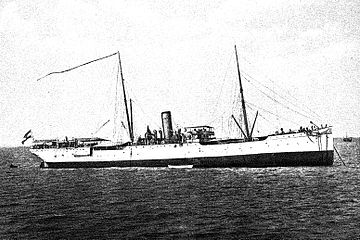Today’s issue marks a crucial point of our Valdivia Internal series: candidate selection. A placement job has been assigned, a list of candidates created – you have already learned about these steps of Valdivia’s Executive Search procedure. We aim for nothing less than a long-term placement for the position. A match which is only good for today will not be sufficient for either side. Much rather it is all about sustainability: a future perspective with broad development potential, shared by company and candidate alike.
First Talks and a Background Check
In a first, in-depth conversation, we discuss the candidates’ CVs, their professional suitability and personal motivation. At the same time, we check the formalities, such as degrees, certificates, and qualifications, as well as work and stay permits, if applicable.
This first group typically consists of up to 15 people; after our first screening, we will present the customer with 3 — 5 candidates. Now it is on our client to study and evaluate the profiles and conduct first interviews with the relevant candidates. After that, they may choose to have interesting candidates assessed through an independent service provider, using the Behavioural Profile Analysis method.
Identifying Potential with Behavioural Profile Analysis
Behavioural Profile Analysis (BPA; German: Verhaltensprofilanalyse = VPA) does not only provide the cancidates with an opportunity to participate in an in-depth, scientifically proven assessment; the enterprise and the vacant position itself will be involved as well. With this procedure, we at Valdivia are venturing on new territory: VPA yields much more precise and meaningful results than your conventional assessment center, whose results often leave too much room for interpretation.
VPA is so much more than a one-sided observation, it makes both sides analyse and consolidate suitablity and opportunities. It can capture a vast variety of important attributes, and with astonishing precision, too:
- Self-image and motivation
- Behaviour in routine situations and under pressure
- Strengths and weaknesses in leadership
- Communicator behaviour
- Decision-making
- Organisational abilities
- Dealing with critcism and conflict
… while always keeping well-connected with the customer’s concrete needs and profile. As much as a cadidate may be the perfect match for the one company, the same person could actually be a hindrance to the team in another one.
The Feel-Good Way of Decision-Making – for Both Sides
One essential part of BPA is the extensive post-analysis talks. They are one of the reasons why we at Valdivia so highly recommend and arrange this approach for our customers, if requested. This will include a look at development potentials: BPA often indicates how candidates and enterprises could find even more common ground through coaching or training. The debriefing process then is the opportunity to carefully study the results of the analyses and discuss any conclusions.
Not only the customer will gain quite a clear picture of their future employee with this very detailed and precise procedure. BPA also makes sure that the candidate does not prematurely – and possibly for subjective reasons – opt for an attractive position that will later prove unsuitable. For both sides, BPA yields important indicators of often suprising precision.
And yet, it is always people who take the actual decision: As consultants, we bring to the process our experience and good judgment of character. After all, the decisive factor will often be the chemistry between customer and candidate.




















